When it comes to skiing, you’ve got two main choices: alpine skiing and ski touring. Here’s the gist:
- Alpine skiing is all about speed and convenience. You ride chairlifts up, race down groomed slopes, and enjoy a more controlled, social environment at resorts. Great for beginners, families, and anyone who loves the thrill of downhill runs.
- Ski touring is more adventurous. You climb the mountain yourself (no lifts!) and ski down untouched terrain. It’s a serious workout and perfect for those who crave solitude and a challenge.
If you’re deciding between the two, think about your fitness level, love for adventure, and how much effort you’re willing to put in. And if you want to keep things simple, Snowfeet gear offers a lightweight, portable option that works for both resort skiing and backcountry trails. It’s great for beginners and those who just want to have fun without all the bulky equipment.
Quick Comparison
| Feature | Alpine Skiing | Ski Touring | Snowfeet Gear |
|---|---|---|---|
| Terrain | Groomed resort slopes | Untouched backcountry | Both |
| Effort | Minimal (chairlifts) | High (climbing required) | Low to moderate |
| Gear | Long skis, stiff boots | Lightweight touring gear | Compact, works with most boots |
| Learning Curve | Beginner-friendly | Advanced skills needed | Easy to pick up |
| Fitness Requirement | Moderate | High | Low to moderate |
Want speed and ease? Go alpine. Up for a challenge? Try ski touring. Prefer something simple and fun? Snowfeet might be your answer. :)
Backcountry XC Vs Alpine Touring Skiing. Comparing AT and Cross Country Downhill.
Main Differences Between Ski Touring and Alpine Skiing
Ski touring and alpine skiing may both involve sliding down snowy slopes, but they’re two very different beasts. From where you ski to how you tackle the mountain, these activities deliver unique experiences tailored to different kinds of adventurers.
Terrain and Environment
Alpine skiing sticks to the safety and predictability of ski resorts. Think groomed slopes, daily maintenance, and clearly marked trails. You’ve got everything from beginner-friendly blue runs (with gradients under 25%) to heart-pounding black diamond slopes that can reach up to 80% steepness [1]. Add in ski patrols and well-placed signs, and you’ve got a controlled environment perfect for all skill levels.
Now, ski touring? That’s a whole different playground. It’s you, the mountain, and whatever Mother Nature decides to throw your way. You’ll navigate untouched powder, unmarked trails, and unpredictable weather. The terrain can shift from serene alpine meadows to dense forests or steep, narrow couloirs. It’s raw, wild, and ever-changing.
"Alpine skiing is a sport that takes place primarily on specially prepared slopes in ski resorts, while ski mountaineering takes place in natural environments, often on off-piste and unprepared terrain." [1]
This is where Snowfeet* gear stands out. Unlike traditional skis from brands like Head or Elan, Snowfeet* skiblades and skiskates are designed to handle both resort slopes and backcountry adventures. Their compact, lightweight design makes them a versatile choice for skiers who want to explore all kinds of terrain.
Techniques and Movement
When it comes to alpine skiing, the focus is all on the downhill. Chairlifts and gondolas do the hard work of getting you to the top, so you can concentrate on carving turns, controlling your speed, and perfecting your balance on those well-groomed trails. Advanced skiers can even hit jaw-dropping speeds of over 80 mph [1].
But ski touring flips the script. You’ve got to earn your turns. Using climbing skins for grip, you’ll ascend the mountain with a cross-country skiing motion before transitioning to downhill mode. It’s a full-body workout that requires mastering gear transitions, navigating unmarked terrain, and adapting to the challenges of the backcountry.
"The main difference is how one reaches the summit: alpine skiing takes advantage of ski lifts, ski mountaineering does not." [1]
Traditional touring setups from brands like Rossignol or Atomic often include heavier boots and complex binding systems, which can make switching from uphill to downhill a bit of a hassle. Snowfeet*, however, offers a simpler, more streamlined alternative that’s easier to handle, especially for those new to the sport.
Experience and Adventure Levels
Alpine skiing is all about instant fun. Resorts are built for convenience and enjoyment, offering lessons, gradual progression on groomed slopes, and plenty of social perks like cozy lodges and après-ski activities. It’s a great choice for families, beginners, or anyone who loves a lively, social atmosphere.
Ski touring, on the other hand, is for those who crave solitude and adventure. It’s about self-reliance - reading the terrain, choosing your route, and earning every single turn with your own effort. There’s a sense of freedom and accomplishment that comes with tackling untracked snow and remote landscapes.
"I am skiing because it presents freedom. If they mark me as a ski mountaineer or a free-rider, half of this freedom is being taken away from me." - Bine Žalohar [2]
Ski touring also demands a broader skill set. You’ll need to know the basics of mountaineering, avalanche safety, and navigation. The good news? There are plenty of beginner-friendly backcountry areas where you can ease into the sport without taking on too much risk [5].
For those who want the best of both worlds, Snowfeet* gear offers an easy way to transition between resort skiing and backcountry exploration. Lightweight and portable, their skiblades and skiskates let you enjoy a morning on the groomed slopes and an afternoon in the wild - all with one versatile setup.
Equipment Comparison: Standard Gear vs. Snowfeet*
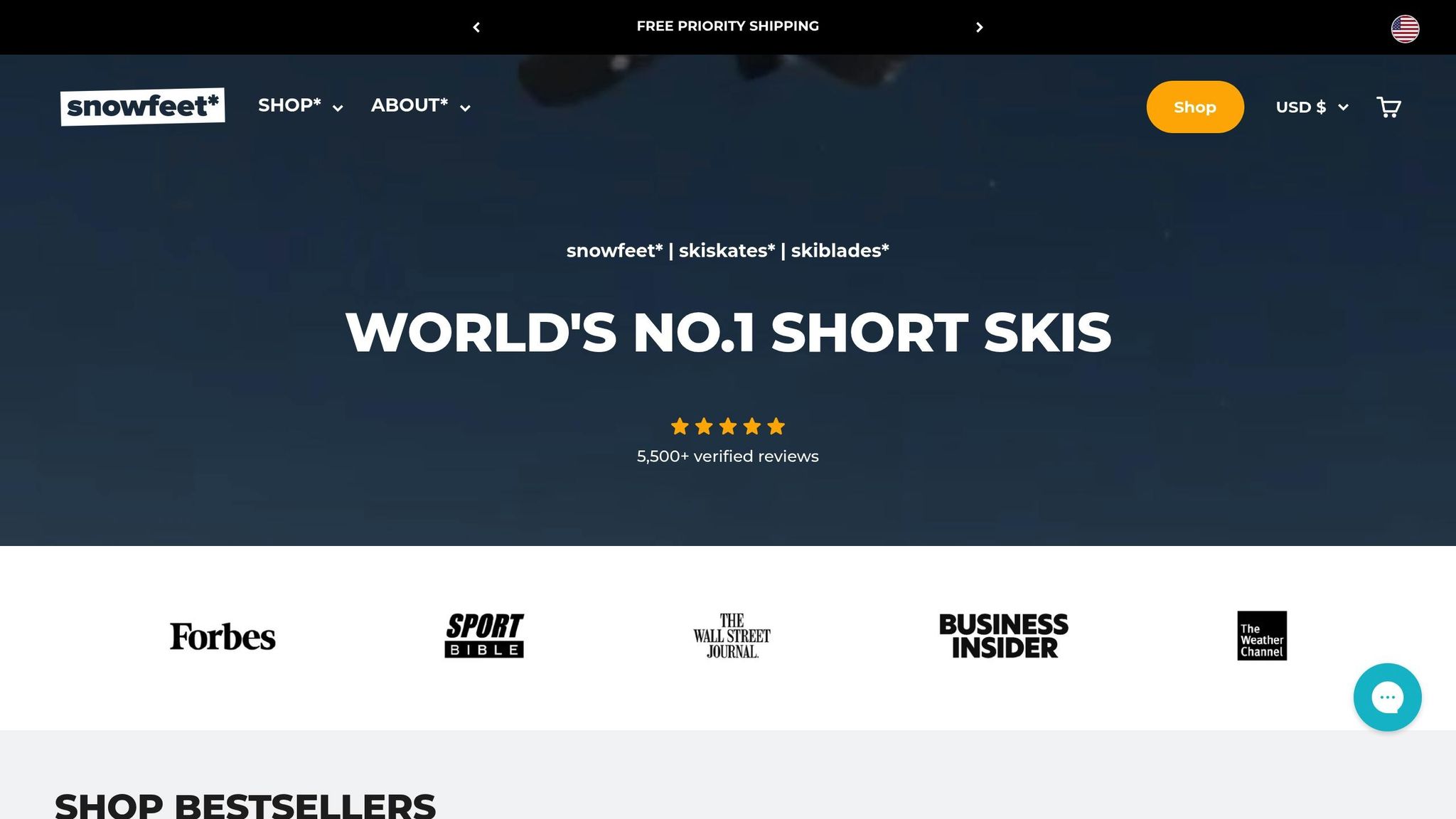
Your choice of equipment plays a big role in shaping your experience on the slopes. Traditional ski gear tends to be heavy and complex, while Snowfeet* gear offers a lightweight, straightforward alternative. Regular setups from big-name brands may deliver solid performance on groomed runs, but they often come with bulky, intricate systems that can make things more complicated. Snowfeet*, on the other hand, provides a sleek, versatile option for both alpine and touring adventures.
Standard Alpine and Touring Gear
Traditional alpine skiing gear is built for high-speed downhill performance. This typically includes long skis, stiff, specialized boots, and additional components like bindings and poles. While effective, these setups are heavy and require extra effort to transport.
Ski touring gear is designed to make uphill travel and backcountry exploration easier. It uses shorter skis and lighter materials, but still relies on specialized boots, climbing skins, and dual-mode bindings. While lighter than alpine gear, it’s still technical and can feel overwhelming for beginners.
For those looking for something simpler, a streamlined alternative can make all the difference.
Why Snowfeet* Stands Out
Snowfeet* flips the script on winter sports gear by prioritizing simplicity and versatility. Their compact skiblades and skiskates are small enough to toss in a backpack or car trunk, eliminating the hassle of bulky transport. Plus, you don’t need to buy pricey, specialized ski boots - Snowfeet* gear works with the winter shoes, snowboard boots, or ski boots you already have.
This minimalist approach not only saves space and money but also makes it easier for beginners to hit the snow without hours of lessons. Snowfeet* is perfect for anyone who wants a fun, convenient way to enjoy winter sports. Whether you’re sticking to resort runs or exploring the backcountry, this gear is ready to go wherever you are.
Comparison Table
Here’s a quick look at how Snowfeet* measures up against traditional gear:
| Feature | Traditional Alpine (Rossignol/Atomic) | Ski Touring (Head/Elan) | Snowfeet* |
|---|---|---|---|
| Design & Length | Long skis, built for stability on resorts | Shorter skis for uphill and downhill use | Compact, short design for easy movement and fun |
| Weight & Portability | Heavy and requires dedicated transport | Lighter but still needs specialized equipment | Ultra-light and portable - fits in a backpack |
| Required Footwear | Specialized, rigid ski boots required | Touring-specific boots with advanced features | Works with winter shoes, snowboard boots, or ski boots |
| Learning Curve | Steep; lessons often necessary | High; requires mastering transitions | Easy to pick up - great for beginners |
| Terrain Versatility | Best for groomed resort slopes | Built for backcountry and mixed terrain | Works on both resort slopes and backcountry trails |
As the table shows, Snowfeet* offers a simpler, more flexible option that’s gaining popularity with winter sports fans. Whether you’re planning a day at the resort or heading off the beaten path, Snowfeet* gear delivers a fun, accessible, and budget-friendly alternative to traditional setups.
Physical Demands and Fitness Requirements
When choosing a winter sport, it's essential to consider how its physical demands align with your fitness level and personal goals.
Alpine Skiing: Fun for All Fitness Levels
Alpine skiing is a great option for people with a wide range of fitness levels. It primarily works your legs, core, and balance as you navigate downhill at varying speeds [6][1].
Beginners can start on gentle slopes with the help of ski lifts, making it an accessible entry point for most. Plus, it’s a solid calorie burner, with an estimated 250–500 calories burned per hour [10].
If you're ready to take it up a notch, let’s explore how ski touring offers a more intense workout.
Ski Touring: A Total Body Challenge
Ski touring combines the stamina of hiking with the technique of skiing [7]. Unlike alpine skiing, there are no lifts to get you uphill. Instead, you’ll rely on your cardiovascular system and leg muscles to power through climbs.
This high-energy activity can burn up to 1,220 calories per hour - more than double the calorie burn of alpine skiing [10][8]. However, it’s not something you can jump into without preparation. Building your cardio endurance and strengthening your legs and core is essential [7].
A practical way to train is by taking brisk walks on hilly terrain while carrying a pack to mimic the effort required. During long days in the backcountry, pacing yourself and taking regular breaks can make all the difference [4].
If that sounds intense, don’t worry - there’s an easier way to enjoy the snow without such rigorous demands.
Snowfeet*: Simplifying Winter Fun
Snowfeet* offers a lighter, more accessible alternative to traditional skiing. These compact skiblades and skiskates are designed for ease of use, making winter sports approachable for all fitness levels [7].
With Snowfeet*, you don’t need to master complex techniques or commit to intense physical conditioning. Their shorter and lighter design reduces strain on your joints and muscles, giving you better control and confidence on the snow.
Snowfeet* provides a solid workout without the complications of traditional setups. Whether you’re tackling backcountry climbs or cruising down resort slopes, you’ll still engage your core and leg muscles [9]. And because they’re so versatile, you can tailor your experience to match your energy level - whether you’re up for a casual glide or a more demanding adventure.
"Skiing is super fun, and there are different ways to do it. Two popular ways are backcountry skiing and resort skiing. Both have good things and not-so-good things." - Snowfeet Team [9]
Snowfeet* is perfect for those who want to stay active without the intense physical prep required by ski touring. It’s all about enjoying the snow on your terms while keeping things simple and fun.
sbb-itb-17ade95
How Snowfeet* Products Work for Both Activities
Snowfeet* products are all about versatility. Unlike traditional ski gear that locks you into a single style, Snowfeet* skiblades and skiskates strike a balance between alpine skiing and ski touring. They let you enjoy winter sports your way, without the need for multiple sets of equipment.
From Resorts to Backcountry
Snowfeet* gear shines in different winter environments. Whether you're zooming down groomed slopes at a resort or exploring untouched backcountry trails, these compact tools adapt to a variety of terrains with ease.
Skiskates, for example, are perfect for groomed slopes and snow parks. At just 44 cm long [13], they’re designed for quick turns and playful moves that would be tough to pull off with bulkier skis from brands like Rossignol or Atomic. They even offer a skating-like experience on the snow [11].
If you’re after even greater flexibility, Snowfeet* mini ski skates are a solid choice. You can use them on ski slopes, cross-country trails, hiking paths, or even at your local sledding hill [3]. Imagine starting your day on the slopes and ending it on a backcountry trail - all with the same gear.
Skiblades, on the other hand, feel like regular skis but come in a more portable size. They’re great for carving, snow parks, and even powder, making them ideal for both resort skiing and off-piste adventures [3].
Plus, most ski resorts allow Snowfeet* products and other "short skis" on their slopes [3]. So, you can take advantage of lifts and groomed runs while still having the option to explore untouched snow. This flexibility is a game-changer for those who love to mix things up.
"These skiblades are so much fun and easy to control. Never going back to regular skis." - Andrew B. [3]
Compact and Portable Design
One of the standout features of Snowfeet* products is their compact size. This is where they leave traditional ski gear in the dust. Ranging from 44 cm to 120 cm [11][12], the smaller dimensions make them incredibly convenient and portable.
Take the 44 cm skiskates, for example - they’re small enough to fit in a backpack [13]. This means you can hike to remote spots, pack them for last-minute trips, or even travel internationally without worrying about oversized luggage fees.
Another perk? You don’t need separate gear for alpine skiing and ski touring. Snowfeet* products handle both, saving you the hassle and expense of maintaining multiple setups. Their lightweight design also makes long hikes less tiring, so you can conserve energy for the slopes.
"Absolute game-changer! They're light, fast, and fun to ride." - Nathan F. [3]
With their portability and versatility, Snowfeet* products are perfect for anyone looking to make the most of winter sports without lugging around tons of gear. Whether you’re a weekend explorer tackling different terrains or a frequent traveler chasing snow, Snowfeet* offers a level of convenience that traditional ski gear just can’t match.
Choosing the Right Gear for Your Winter Goals
Finding the right winter sport and gear is all about knowing what you want out of your time in the snow. Are you chasing speed, adventure, or just some laid-back fun? Your fitness level, sense of adventure, and personal preferences all play a part in making the best choice.
Assessing Your Priorities
First, think about what excites you most about hitting the slopes. Are you all about the adrenaline rush of speeding down groomed trails? Or maybe you’re drawn to the quiet beauty of exploring snowy mountains? Perhaps you’re after something easy to pick up and enjoy without a steep learning curve.
Alpine skiing is perfect for those who love the thrill of carving down runs at high speeds with precision. On the other hand, ski touring is ideal if you’re into fitness challenges and mountain exploration. As IFMGA guide Eric Larson puts it:
"Most Europeans take to ski touring for the sake of exercise and movement, which is so ingrained in their culture" [14].
In North America, ski touring leans more toward chasing powder, finding solitude, and exploring untouched terrain, far from the crowds of busy resorts [14].
Your fitness level is another critical factor. Ski touring requires strong cardio, the ability to hike with a pack, and solid skiing skills to handle steep, untouched snow [14][15]. Alpine skiing, while still demanding, is generally more beginner-friendly and takes place in controlled environments with marked trails and patrol services [1]. Also, think about your comfort with risk - ski touring involves avalanche dangers and a need for safety knowledge, while alpine skiing is typically safer within resort boundaries.
With these factors in mind, it’s easy to see why a flexible option like Snowfeet* can meet a wide range of winter goals.
Why Snowfeet* Is the Best Choice
If speed, simplicity, and versatility are on your list, Snowfeet* could be your ideal match. Snowfeet* offers an affordable, easy-to-use alternative to pricey gear from brands like Rossignol or Atomic.
With over 5,500 reviews averaging 4.9/5 and a starting price of $150 for the 38 cm model [3], Snowfeet* delivers great value. Plus, you can pick it up in just five minutes [3], meaning you can hit the slopes right away - no long learning curve required.
Snowfeet* is designed for everyone, from kids as young as 5 to adults well into their golden years [3]. It works with any winter boots, so you don’t have to invest in expensive ski boots or specialized setups. This makes it a fantastic option for families or anyone who feels a little intimidated by traditional skiing. Its simple design also reduces risk, making it accessible to all fitness levels without requiring extensive training.
What really sets Snowfeet* apart is its versatility. Unlike alpine skis, which are mostly for resort use, or touring skis, which are built for backcountry adventures, Snowfeet* works just about anywhere - ski slopes, hiking trails, sledding hills, or even your backyard [3]. Its portability and ease of use make it a perfect blend of resort fun and off-the-beaten-path exploration.
Nathan F. raves:
"Absolute game-changer! They're light, fast, and fun to ride" [3].
Vanessa from the UK agrees, calling them:
"easily one of the best purchases I have ever made to date" [3].
Most importantly, Snowfeet* is all about fun. Unlike traditional gear that often demands a focus on technique and strict safety rules, Snowfeet* lets you enjoy the snow right away. You can try tricks, explore different terrains, and progress at your own pace - no pressure to master complicated skills.
Whether you’re planning resort runs, backcountry adventures, or just some snowy fun in your backyard, Snowfeet* offers the flexibility, ease, and pure enjoyment that traditional setups can’t always deliver.
Conclusion: Finding Your Perfect Winter Sport
Ski touring and alpine skiing each bring something special to the table. Ski touring is all about adventure, endurance, and exploring untouched backcountry terrain - it’s a workout and a journey rolled into one. On the flip side, alpine skiing focuses on convenience and fun, offering groomed slopes, cozy resort amenities, and an easy entry point for families and beginners. With backcountry skiing growing 10–15% annually and over 59 million skier visits recorded in the U.S. during the 2022–2023 season [16], it’s clear that winter sports are thriving.
But what if you didn’t have to choose between these options? That’s where Snowfeet* steps in, flipping the script on traditional winter sports gear. Whether you’re hitting the slopes at a resort, trekking through backcountry trails, or even just playing in your backyard, Snowfeet* adapts to your adventure. Its lightweight, compact design fits neatly in a backpack and works on a variety of terrains - from groomed runs to hiking paths.
Snowfeet* is also incredibly accessible. At just $150, it’s far more affordable than traditional setups, and you don’t need to splurge on specialized boots or commit to a single type of skiing. It works with the winter boots you already own, and the intuitive design makes it easy for most people to get started right away.
What really sets Snowfeet* apart is the sense of freedom and fun it brings. Unlike traditional skiing, which often comes with a focus on technique and structure, Snowfeet* encourages you to experiment, try tricks, and enjoy the snow at your own pace. It’s a fresh way to embrace winter, whether you’re a beginner discovering the joy of snow sports or an experienced skier looking for something different.
So, why limit yourself? With Snowfeet*, you can explore every corner of winter - your way. Answer the call of the snow and make every terrain your playground.
FAQs
How can I tell if my fitness level is better suited for ski touring or alpine skiing?
Ski touring and alpine skiing each come with their own physical demands, so knowing your current fitness level is a great starting point.
Ski touring is all about climbing uphill on skis and tackling off-piste terrain. It’s a workout that leans heavily on your cardiovascular endurance, stamina, and lower-body strength. If you’re comfortable with activities like running, cycling, or hiking on steep trails, you’re probably in good shape for ski touring. Want to get even more prepared? Try hill walking or stair climbing with a weighted backpack to build up your endurance.
Alpine skiing, on the other hand, is more about quick bursts of effort. It requires strength, balance, and agility to handle those downhill runs. Unlike ski touring, it’s not about sustained endurance but rather power and coordination. If you’re used to activities that involve fast movements and good balance, alpine skiing might be right up your alley.
Looking for something less demanding? Snowfeet* products like Skiblades or Skiskates could be a fun alternative. These compact, lightweight options are easier to use than traditional skis and don’t require the same level of physical fitness, making them a great choice for anyone who wants to enjoy the slopes without the extra strain.
What makes Snowfeet* gear a better choice than traditional skis or snowboards?
Snowfeet* gear is all about compactness, lightweight design, and ease of use - a great match for skiers of all levels, especially beginners or those who just want to have some casual fun. Unlike traditional skis or snowboards from brands like Rossignol, Atomic, or Head, Snowfeet* skips the bulky boots and bindings. That means less hassle, less cost, and no need to carve out extra storage space.
What makes Snowfeet* even better is their portability and simplicity. They’re perfect for anyone craving a fun, no-fuss alternative to the usual winter sports setup. Whether you’re cruising down groomed trails or venturing into fresh terrain, Snowfeet* gives you the freedom to enjoy the slopes without the extra baggage.
Can Snowfeet* gear be used for both resorts and backcountry skiing, and how does it compare to traditional skis and snowboards?
Yes, Snowfeet* gear works great for both resort skiing and backcountry adventures, thanks to its compact size, lightweight build, and versatile design. Whether you're gliding down groomed trails or venturing into untouched powder, Snowfeet* delivers solid performance across different snow conditions and terrains. Plus, their portability is a game-changer for backcountry trips, where traditional gear can feel cumbersome and restrictive.
When compared to well-known ski and snowboard brands like Rossignol, Atomic, Elan, or Head, Snowfeet* shines for its maneuverability and ease of use. Traditional skis and snowboards are built for high-speed runs and long descents, but Snowfeet* focuses on fun, quick turns, and accessibility. This makes them a great option for anyone seeking a more flexible and enjoyable alternative to standard gear - without sacrificing performance.

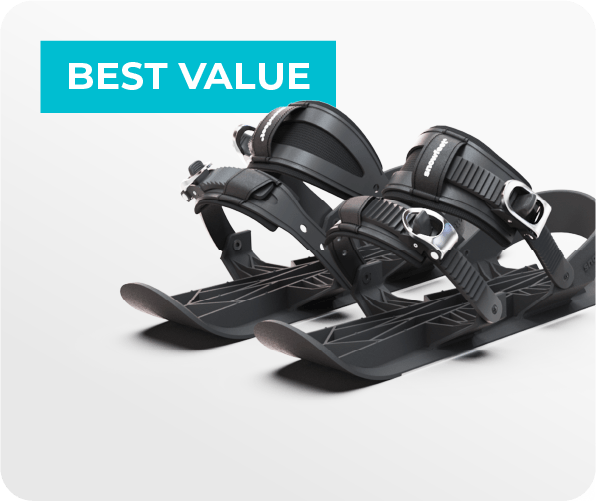
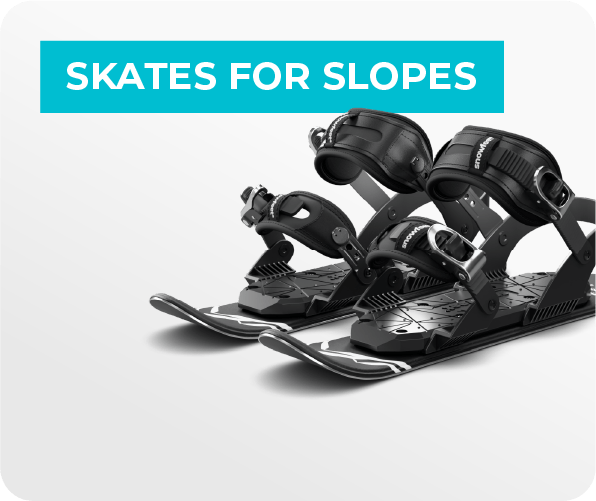
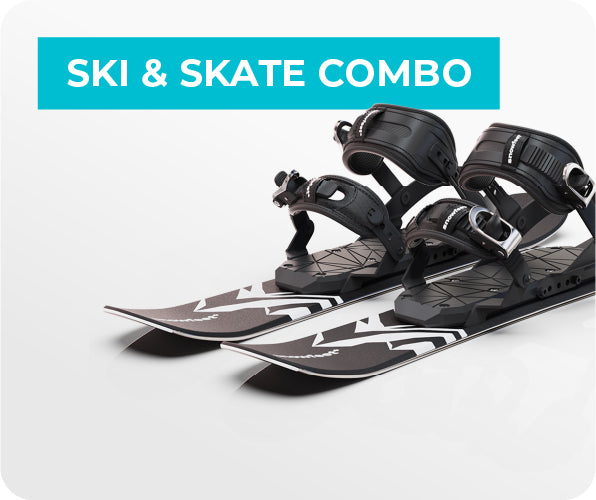
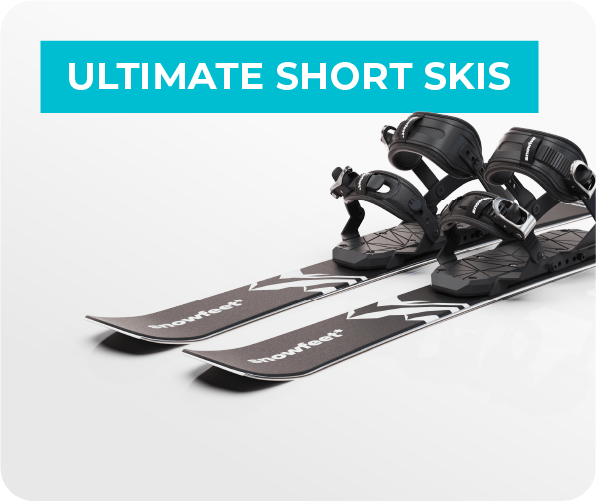
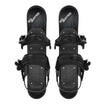
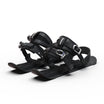
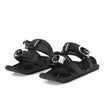
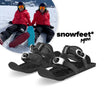
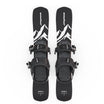
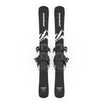
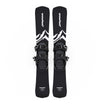
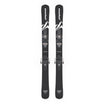
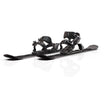
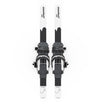
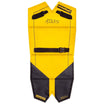
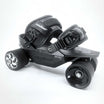
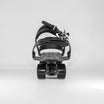
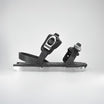
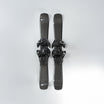



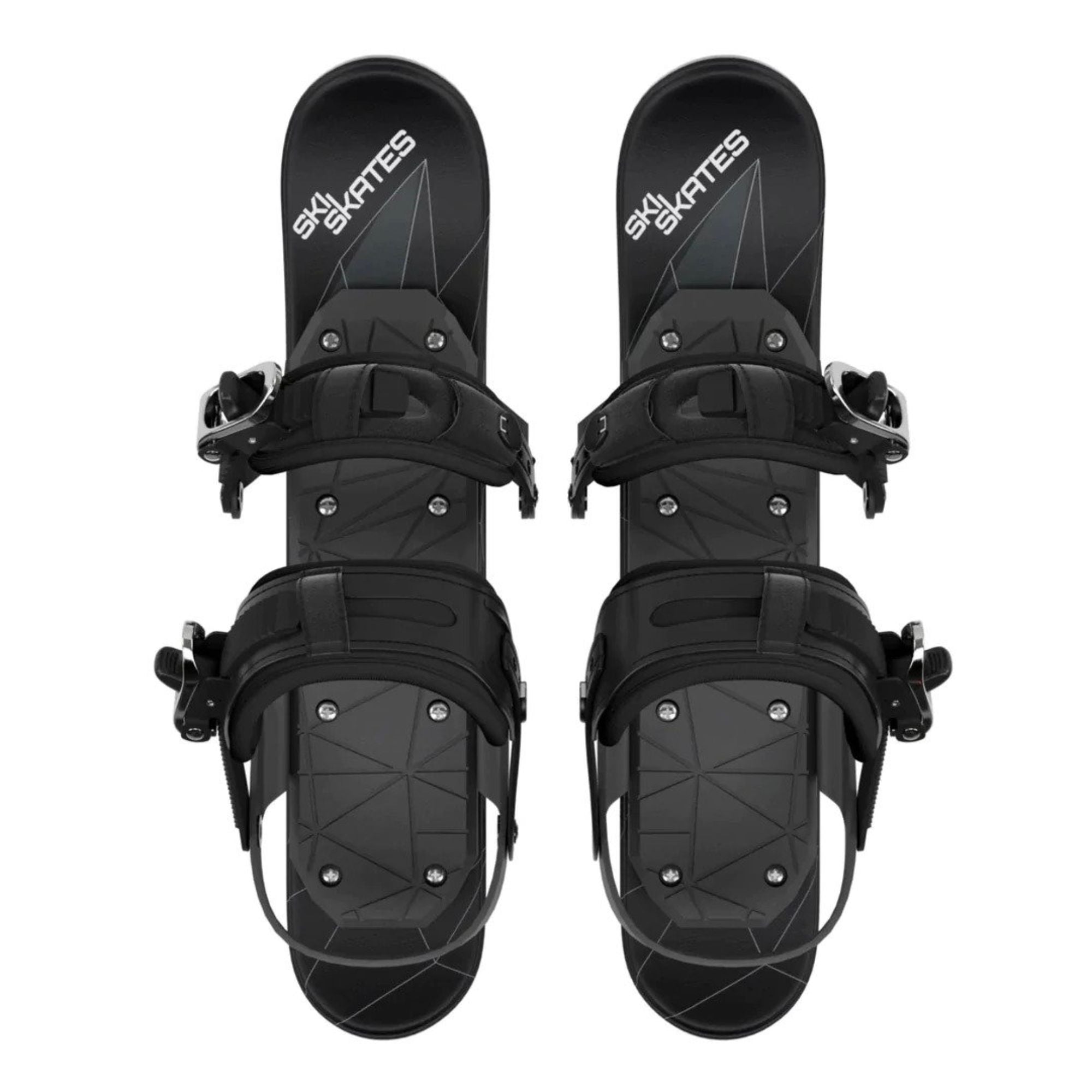
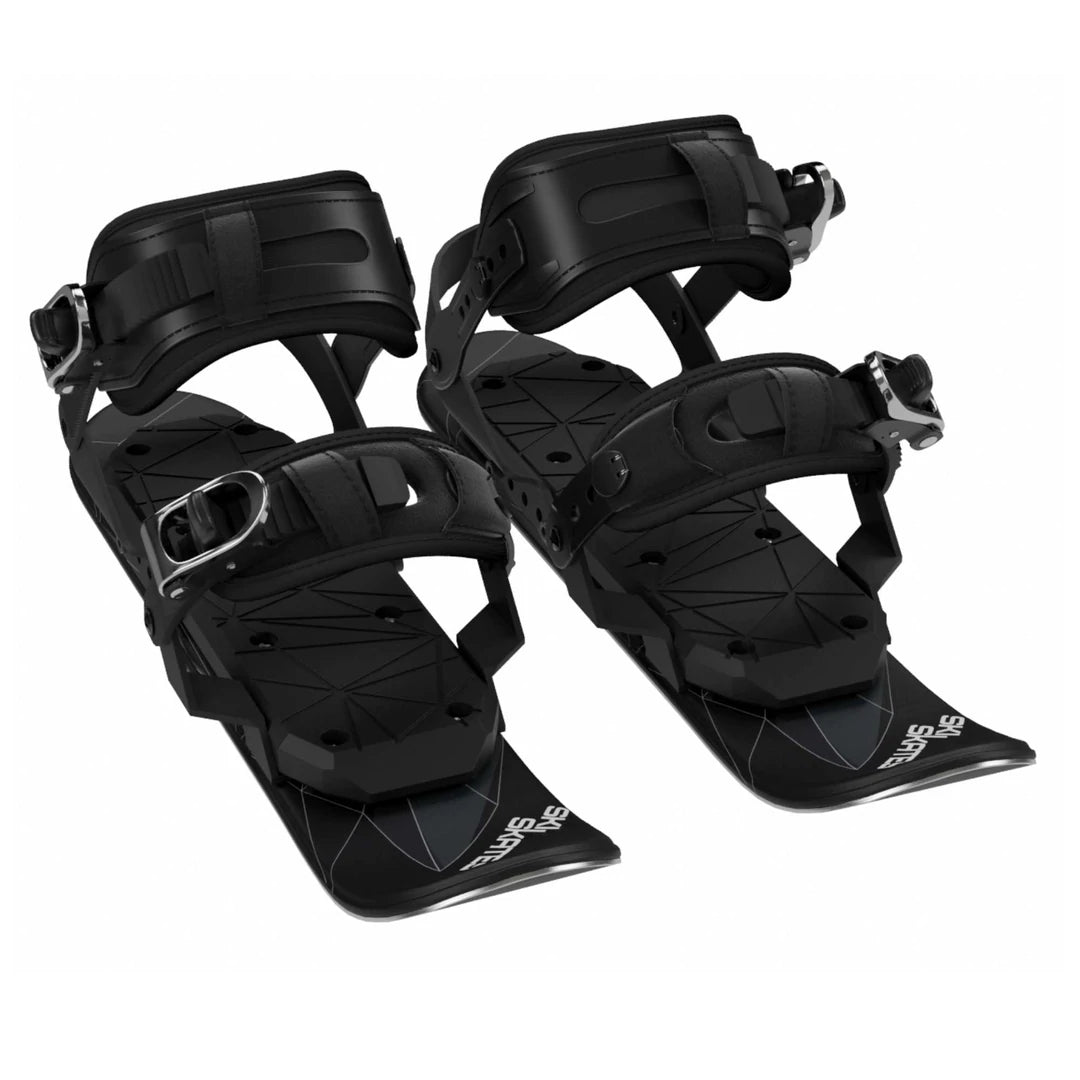
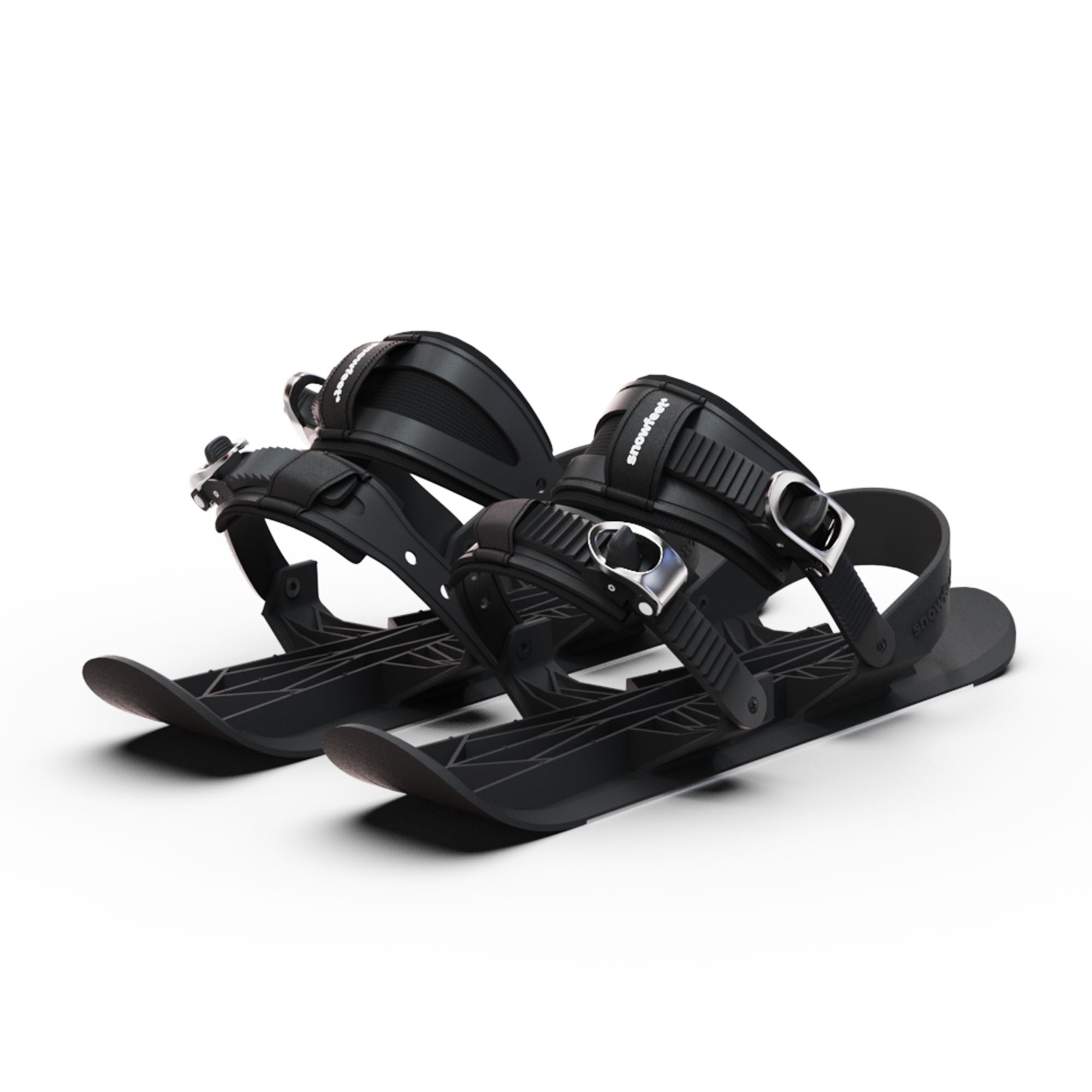

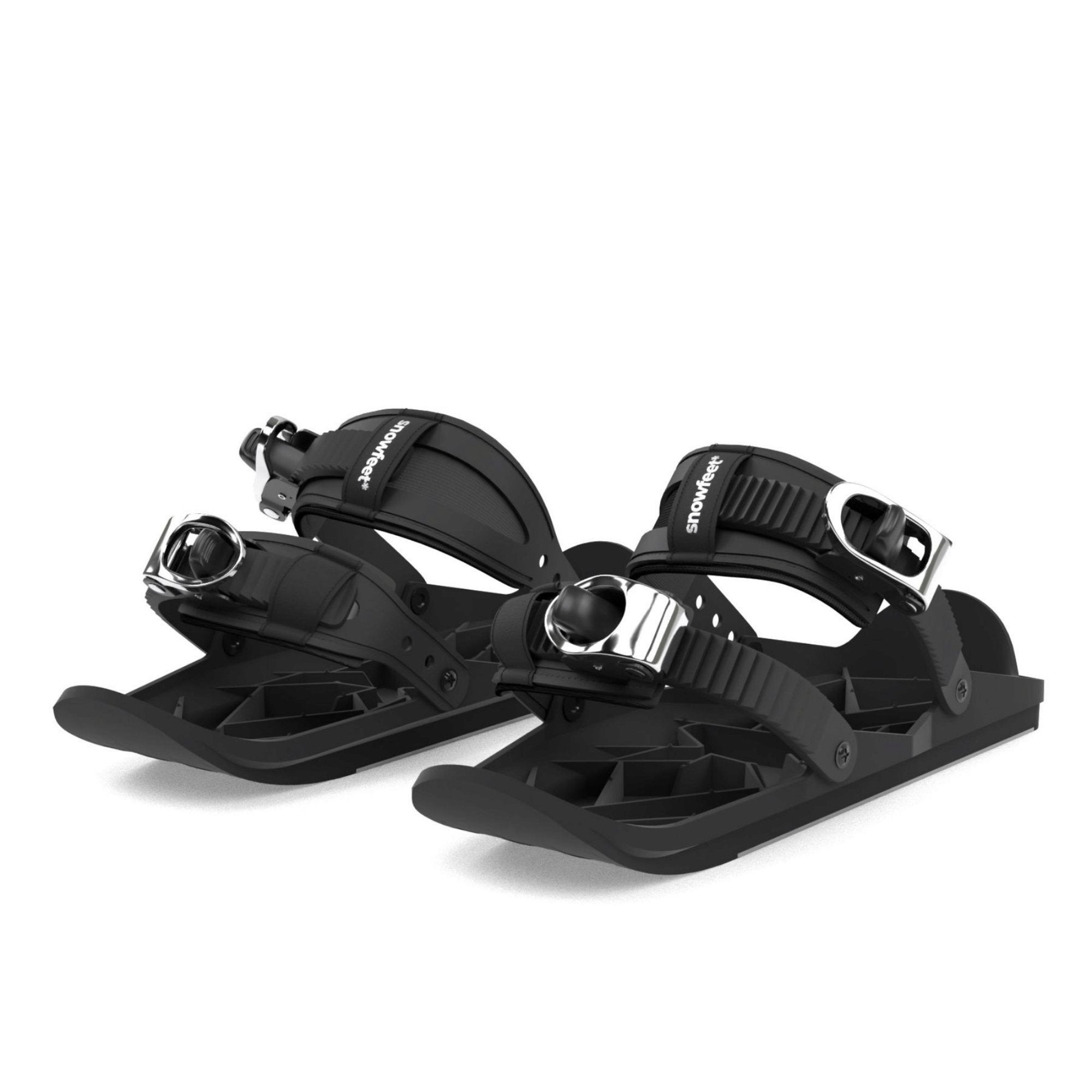

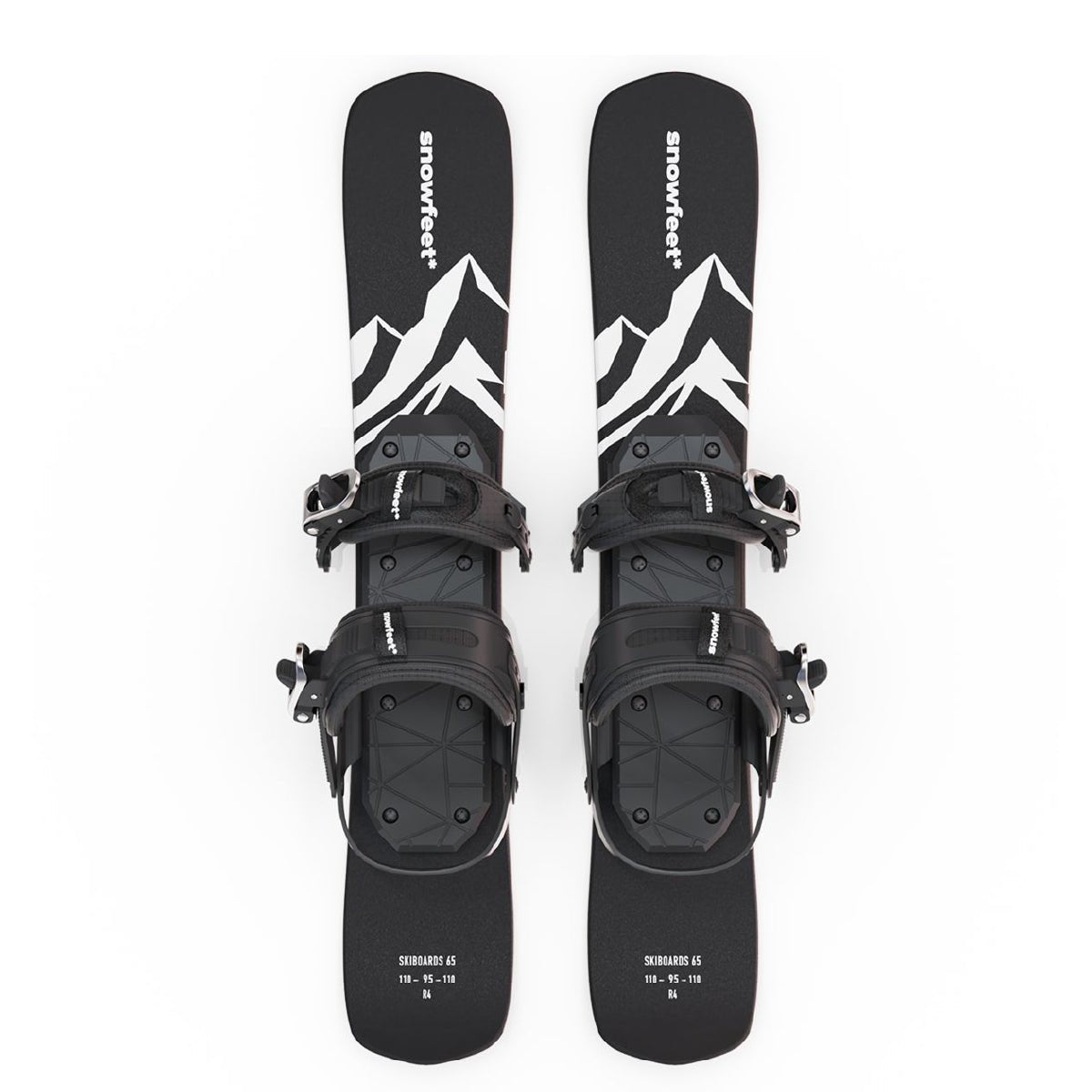
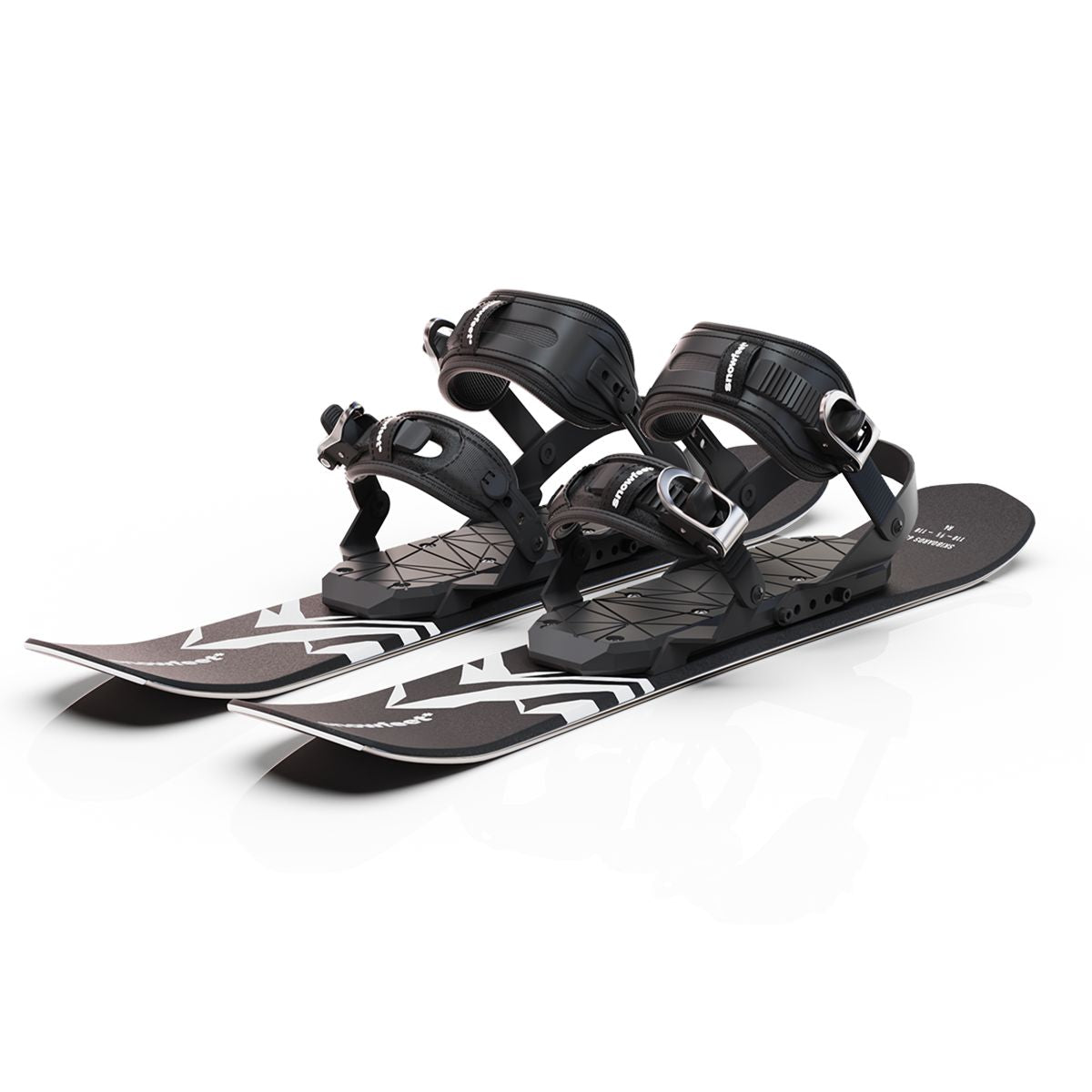
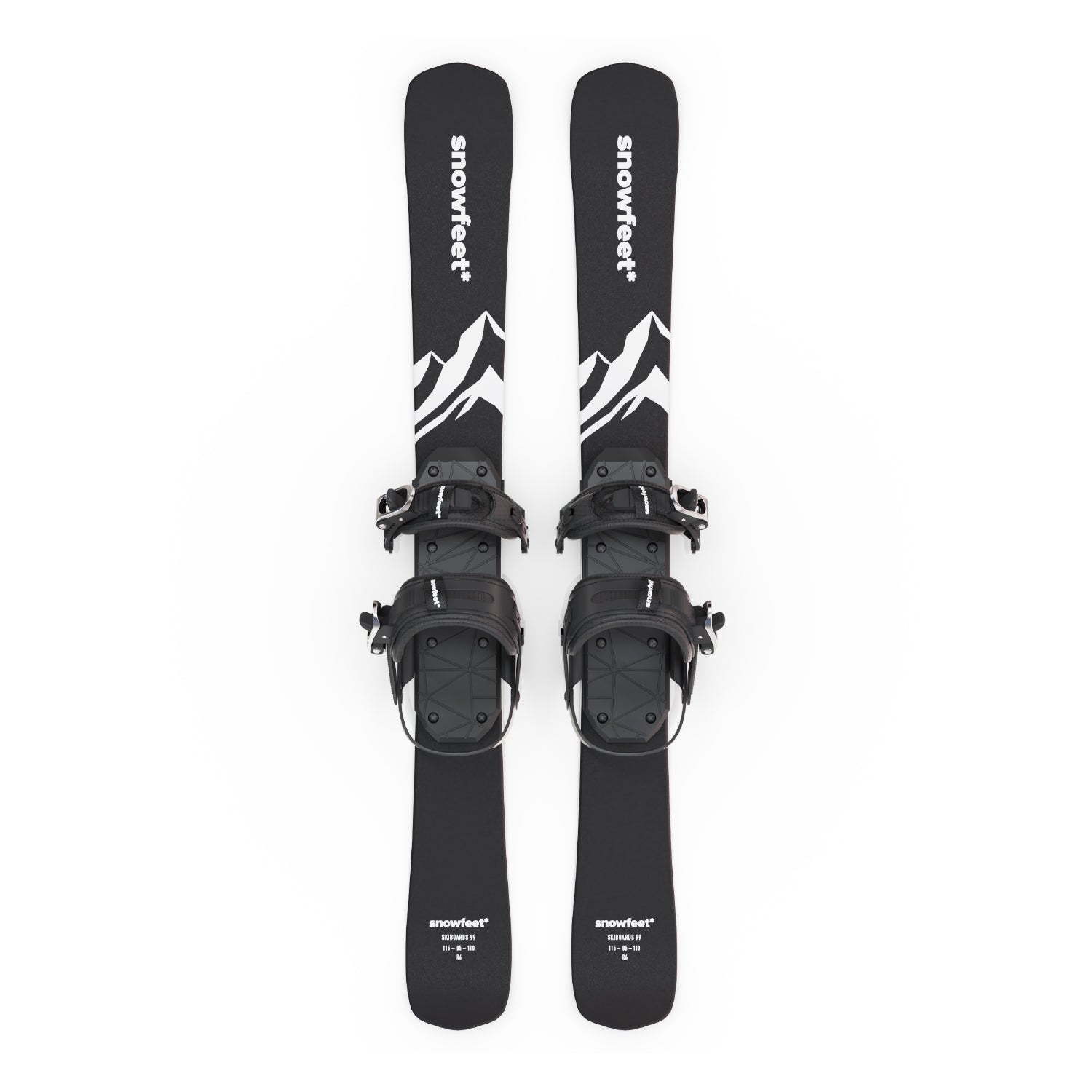
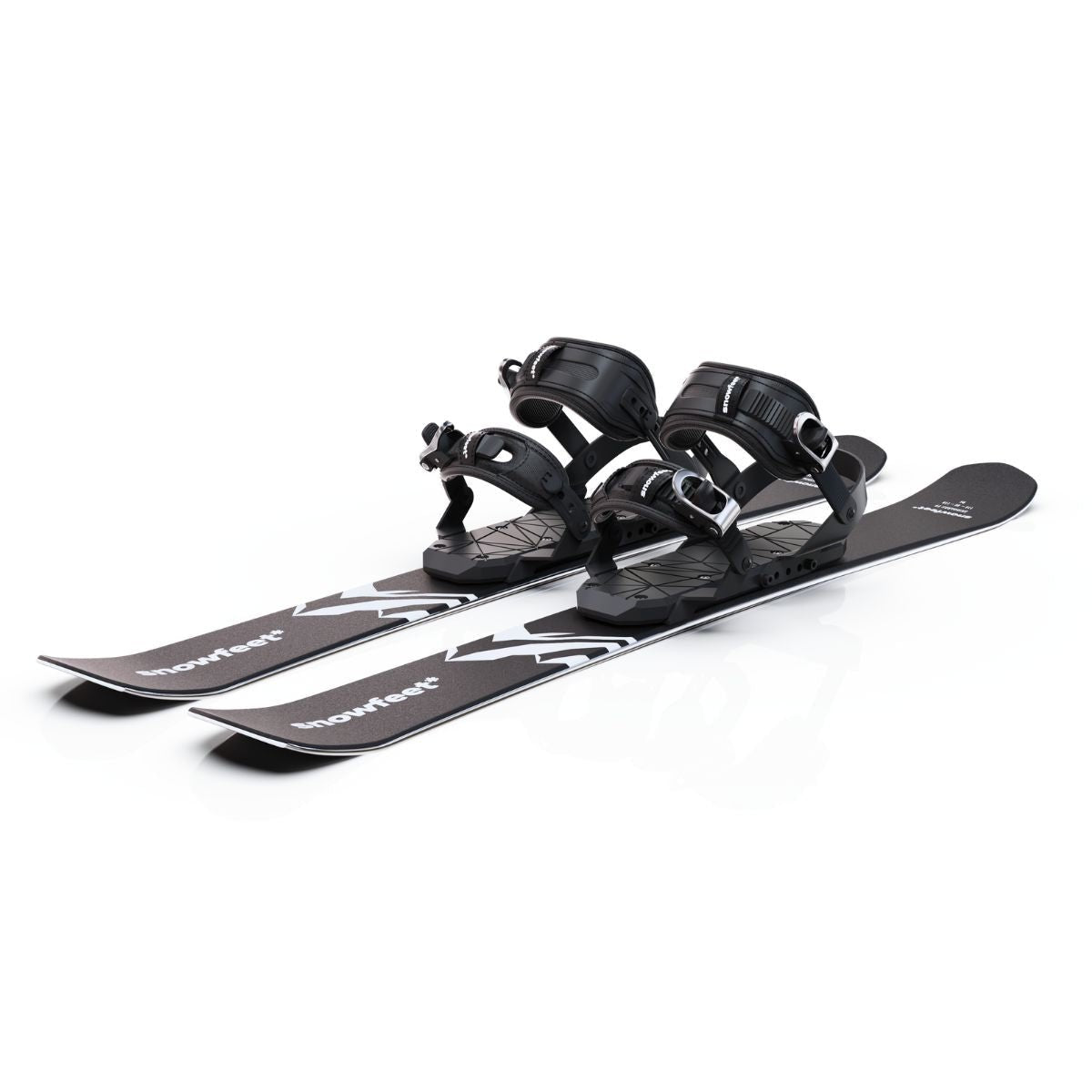
Leave a comment
This site is protected by hCaptcha and the hCaptcha Privacy Policy and Terms of Service apply.